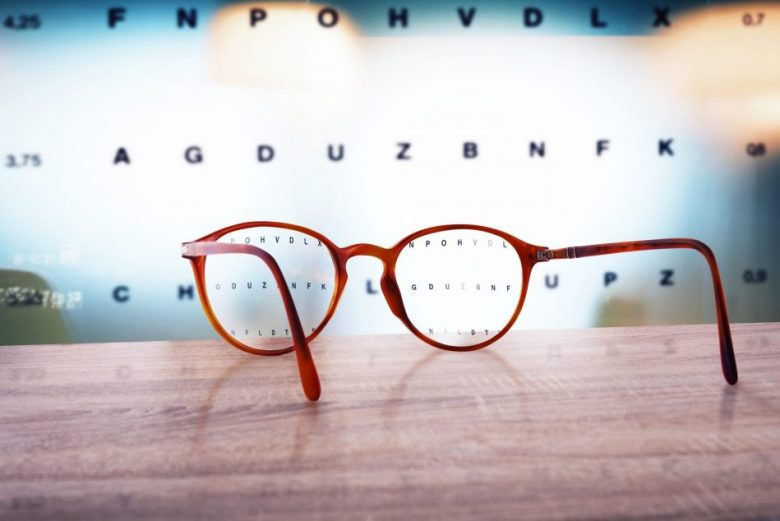Ditch your reading glasses with this new technology
Sep 21, 2015, 4:04 PM | Updated: Apr 3, 2018, 10:55 am

For many adults over 40, one of the more frustrating symptoms of aging is presbyopia, meaning their eyes can no longer focus clearly on nearby objects.
You may become aware of presbyopia when you start holding books and newspapers at arm’s length to be able to read them.
For many decades, the standard remedy for most presbyopia sufferers was magnifying reading glasses. Those who had vision problems prior to developing the condition often had to switch to bifocal or trifocal glasses.
New hope for aging eyes
In 2015, the Food and Drug Administration approved a new surgical procedure for use in the U.S. that could eliminate the need for reading glasses, in most cases, in many patients. The treatment involves a Kamra inlay inserted into the patient’s cornea. The doctor makes a small pocket in the cornea with a Femtosecond laser where the inlay rests.
The device, “blocks peripheral light rays while allowing central light rays to pass through a small opening in the center of the device, making near objects and small print less blurry,” explains the administration.
Although this is a newer procedure in the U.S., worldwide more than 20,000 of these inlays have been implanted, according to an article in reviewofopthamology.com. The majority — 15,000 — were done in Japan.
About the inlay procedure
The inlay is usually inserted into the patient’s nondominant eye. The procedure can be done in the eye doctor’s office and typically takes less than 15 minutes. The device is only about 0.15 inch in diameter and about half the thickness of the plastic wrap used to store food.
One unique feature of this procedure is that unlike many surgical treatments, if the patient experiences issues, the Kamra inlay can be removed, and the eye typically returns to its pretreatment state.
Not for everyone
Although this procedure seems like a saving grace for most, it might not be suitable for everyone. People with severe dry eye, eye inflammation or infection, herpes eye infections, uncontrolled diabetes, connective tissue disease or uncontrolled glaucoma might not be a good candidate for Kamra inlay. The only way to tell for sure is to have a thorough consultation with a doctor specializing in this procedure.
Ask your eye doctor
If you have symptoms of presbyopia you should have your eyes checked by an experienced eye doctor. A medical professional in the local area can help you decide whether or not the Kamra inlay would be appropriate for your condition. It might be just the thing to allow you to get rid of those reading glasses for almost all of your close tasks.
As a leading eye care professional in the Scottsdale and Glendale areas, Dr. Schwartz is arguably the most prolific refractive surgeon in the Valley. Having performed over 44,000 LASIK surgeries and being the first ophthalmologist in Arizona certified to perform the Kamra Inlay procedure, it is not hard to see why professional athletes and Arizona residents have trusted the Schwartz Laser Eye Center since 2001.






